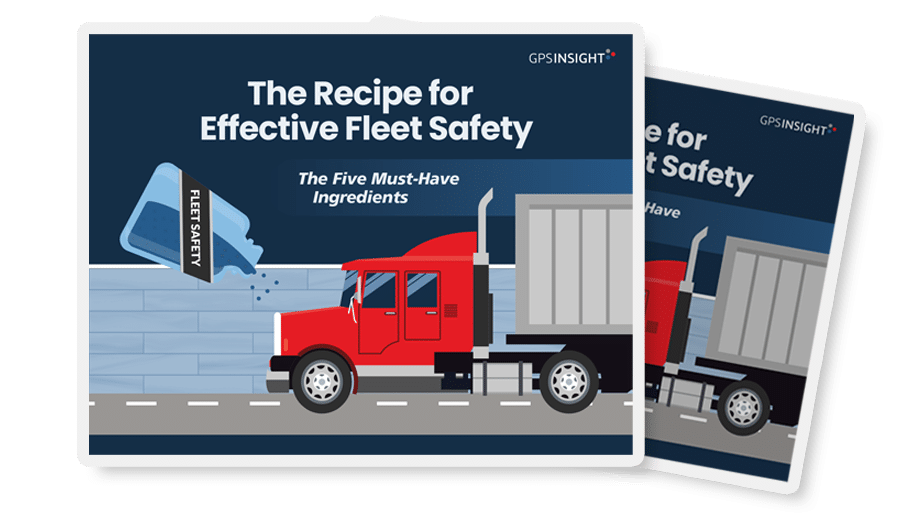
The Recipe for Effective Fleet Safety
The Five Must-Have Ingredients
Fleet safety is a popular topic around these parts. From safety plan implementation, driver wellness, innovative technology, coaching and more, we’ve made safety a front-and-center topic because the industry has made ensuring drivers get home safely every night its top priority and is looking for solutions to improve. The better-prepared fleets are to implement these safety solutions, the more successful they will be.
As the leading fleet tech and telematics solutions company in the U.S., we know that evidence and actionable data are the keys to making good decisions. We recently hosted a webinar on fleet safety. Moderated by Automotive Fleet core contributor Jim Luff, associate product manager Alex Firl joined Rick Harland, assistant director of fleet mobility services for the city of Austin and Matthew Camden, senior researcher with Virginia Tech Transportation Institute and lead author of the National Surface Transportation Safety Center for Excellence’s Effective Strategies to Improve Safety Report. The webinar lays out the five core ingredients needed for a safer fleet.
Ingredient 1: Buy In
We all know that a safer fleet means fewer accidents, which means fewer costly lawsuits and lower insurance premiums. Fleet managers don’t want to wait for the Federal Motor Carrier Safety Administration to act, or for their insurance company to hike rates before taking safety seriously.
To build a culture of safety and make it stick, fleet organizations must make it a priority and get buy-in from everyone, from the CEO down to the drivers and techs. Safety strategies need to be a good fit for the organization in order to succeed. How they are rolled out, implemented and supported by the leadership in the company plays a major role in whether a safety initiative succeeds or fails.
Unfortunately, most organizations struggle with buy-in, partly because not enough care is taken to get the input of the frontline—drivers and their direct supervisors. To succeed, companies need increased transparency and communication between drivers and management. Everyone in the organization needs to know the goals of the safety initiative, including where the company is now and where it wants to be.
It is critical to create a culture of safety. Implementing driver safety programs that recognize and reward drivers for good driving or other key safety KPIs must be part of a good safety plan. Simply punishing bad behavior will not work.
If you need help creating a plan, we have tips and a downloadable driver policy template to get you started.
Ingredient 2: Consistency Matters
Our second ingredient is consistency. The rules must apply to everybody. No one is exempt from not working in a safe manner, regardless of what kind of equipment they’re operating, or what circumstances are taking place.
This is true of current and future employees. Yes, it is terribly difficult to fill open driver and tech positions. The industry faces a significant long-term shortage. But making exceptions—taking a safety risk—or reducing safety standards to fill an opening is an accident waiting to happen. Literally.
In one study, companies that made exceptions ended up with drivers involved in collisions, a recipe for disaster from a liability and safety performance standpoint. When those same carriers focused on consistency and stopped making exceptions, their safety performance improved.








